Imagine waking up to the sound of ocean waves crashing nearby. You leave your cozy van and see the sun rising over a new horizon. That’s the excitement of Van’s life. Van life is not about transportation; it’s a way of life. In context, Van life means living and traveling in a van or RV. People involved in Van life get to explore new places and have adventures daily, so there are no boring routines when you’re such an individual.
Plus, these people enjoy the freedom Van life brings. They can move from one place to another whenever they want. In a world where everyone is always busy with one thing or the other, Van’s life offers peace. It’s a chance to slow down, enjoy nature, and make unforgettable memories. But before you enter the world of van life, it’s crucial to examine the following stats, facts, and trends to understand its nature better.
Vanlife General Stats and Trends
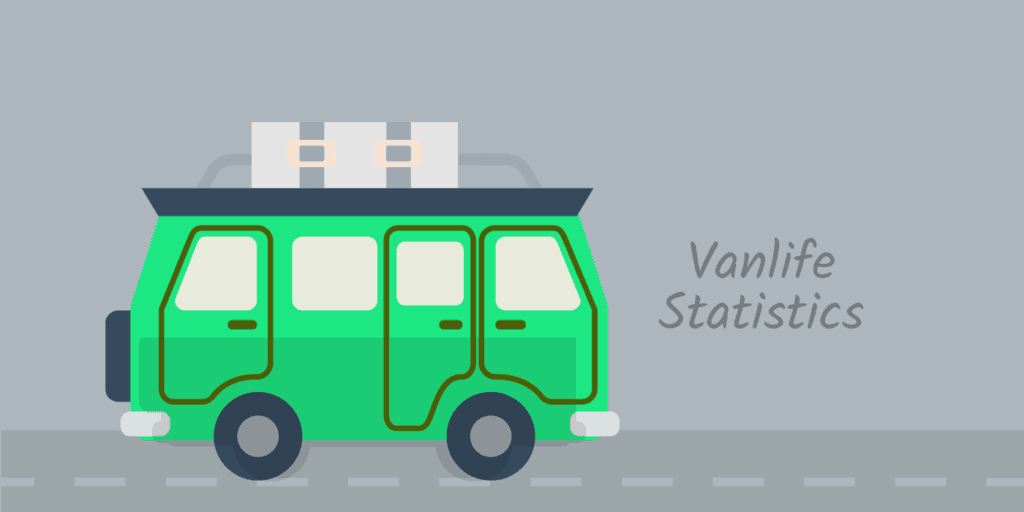
Here, we’ll examine some fascinating facts and the latest trends about living on the road in a van. From who’s on the journey to where they’re headed, explore the exciting world of van life.
Demographics Insights for Vanlife in 2025
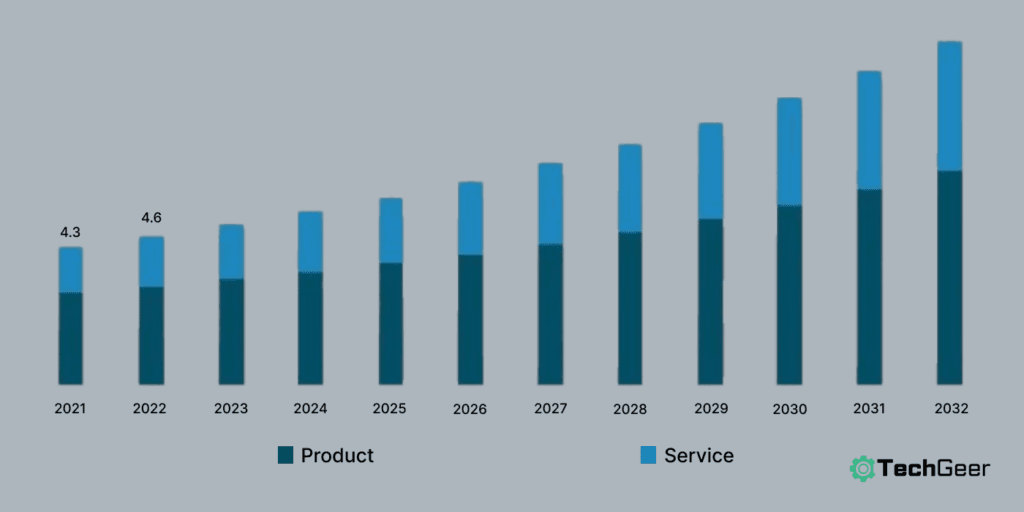
1. Van lifers get creative with their shower routines—28% shower at the gym while they are still members.
2. Meanwhile, 21% take matters into their own hands by installing a shower directly inside their vans. This clever setup grants them the luxury of bathing anytime, anywhere, without relying on public facilities.
3. Many van lifers, about 39%, rely on public restrooms for their bathroom needs. However, 35% decide to be creative by installing a toilet in their van. This way, they don’t have to worry about finding or depending on public facilities for bathroom needs.
Growing Population of Vehicle Residents in the US
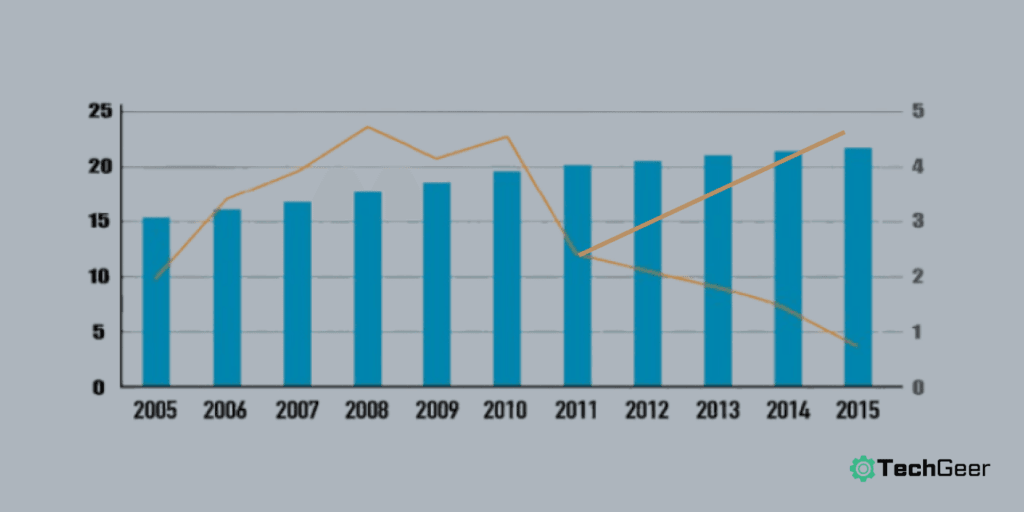
4. In 2019, the US Census Bureau discovered that more than 140,000 people lived in vehicles, including vans, RVs, and boats.
5. It seems that the idea of living in vans, also known as van life, is gaining more attention as the year goes by.
6. A study from 2020 shows that the majority of individuals curious about giving van life a shot were millennials. This means people in their twenties and forties, mostly.
7. About 31% of these millennials were between 35 and 44 years old, while another 29% fell in the 25 to 34 age range.
8. These numbers reveal Van Life’s increasing popularity among millennials. The van lifestyle lets people travel while working remotely, providing freedom and adventure.
9. Millennials crave these experiences; unlike older generations, they are not tied down by mortgages or taking care of children. Van life offers an affordable escape from traditional living.
Gas and Camping Costs of Vanlife Statistics
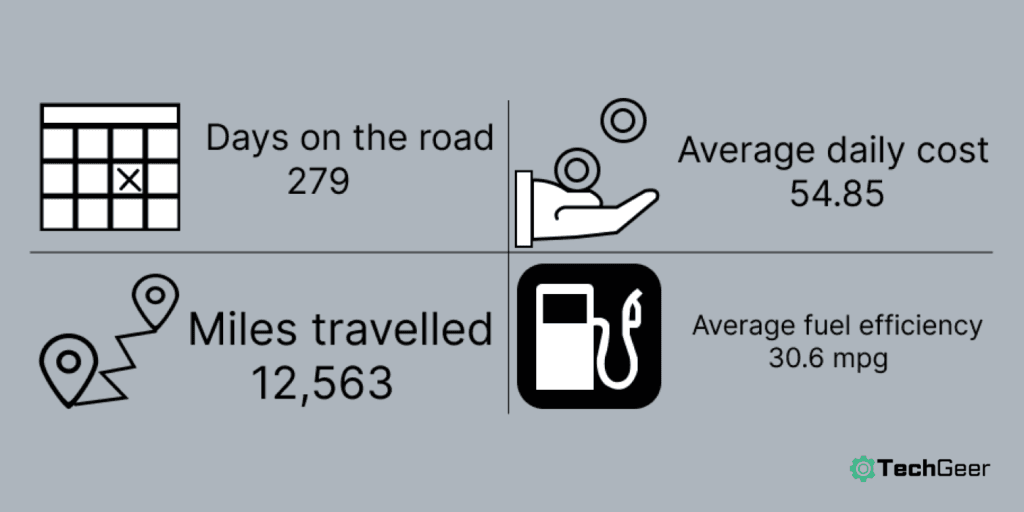
10. Gas is a significant expense for people who love traveling with a van or RV. 56% estimate they spend $101-$300 monthly on gas. 27% spend over $300 monthly.
11. Only 17 out of every 100 people spend less than $100 on gas. Driving a lot can add up. Finding affordable overnight parking is critical to keeping costs down.
12. 38% of van lifers impressively spend $0 on campsites every month. These individuals likely use free public lands or boondock off-grid.
13. Just 4% pay over $300 monthly for campsites. Gas remains the most significant variable cost on the road.
14. But with savvy boondocking, many van lifers enjoy life on the road at a reasonable cost. Skipping campground costs helps balance high gas bills.
15. Since the start of 2024, more people have started hitting the road in van, looking for new places to live peacefully.
16. The vanlife trend is growing fast, with folks everywhere opting for a nomadic lifestyle.
Van Life Trends Unveiled in 2025
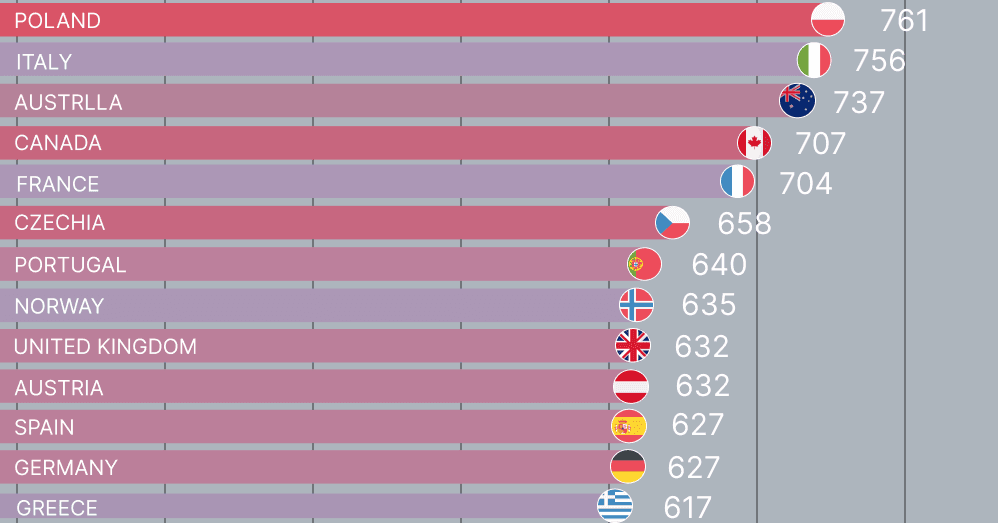
17. Colorado, California, Florida, Oregon, and Washington Are the States With the Highest Number of Van Lifers.
They attract lots of people due to their beautiful environment. Plus, the weather is not too extreme, making it the best place to rest, get nice air, and live the vanlife dream. In addition, people can park their vans and enjoy the outdoors without worrying too much about harsh weather.
18. Overnight Parking Spots.
The major challenge for most van lifers is where to sleep without harm to themselves or their items. Some save money by staying in free spots like Walmart parking lots, but sleeping there isn’t the incredible adventure they imagine.
19. Half-Van Lifers Sleep in the Bureau of Land Management or National Forest Areas.
Federal lands make it easy for people to park their vans and spend the night without spending much money. They’re popular spots because they offer much space and beautiful scenery. These places are great because camping is free and it’s a cheap way to stay.
Van Conversions

20. 79% of Van Lifers Prefer to Convert Their Vans Themselves Rather Than Pay For Custom Work.
Doing it themselves will encourage them to be creative and design it how they want. Plus, it’s a smart way to save money on labor costs. By rolling up their sleeves and taking on the conversion project solo, van lifers can customize everything to suit their needs.
21. The Cost of Building a Van Where People Will Live Can be High or Low.
It depends on the items and luxury you want inside. In a 2018 survey carried out by Outbound Living, more than half of van dwellers spent between $1,000 and $10,000 on converting their vans.
22. Also, Under Half of Them Took 2 to 6 Months to Finish the Conversion.
However, to reduce the cost, some people convert used vehicles to vehicles with less space. This can be done for $5,000 – $8,000.
Pets and VanLife
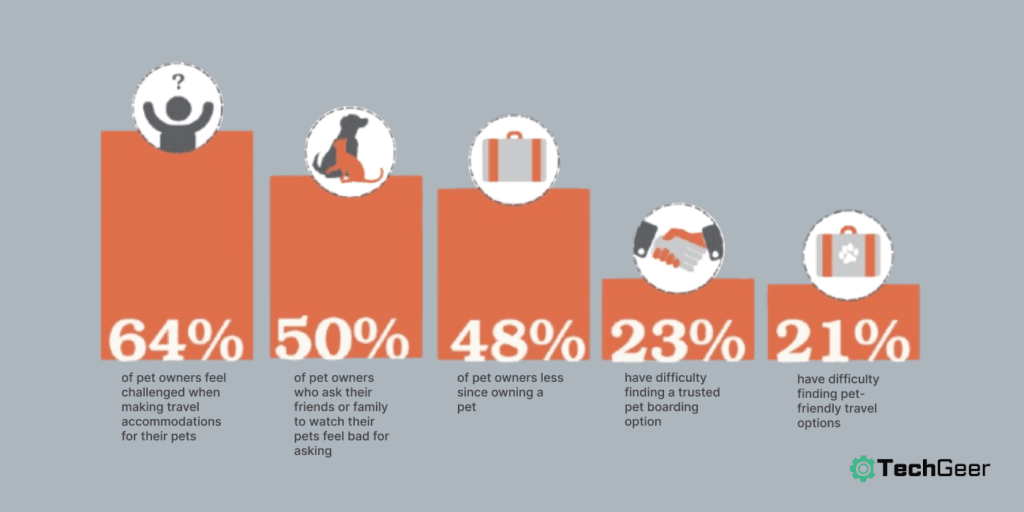
23. Roughly 40% of van lifers choose to take their pets on their travels. Dogs are the most popular companions for van life journeys.
24. But those van lifers who love traveling with their family don’t include their pets in the journey. According to data, around 60 percent of van lifers don’t even have pets.
25. Vans offers enough room for pets to join in on the fun adventures. Bringing pets along adds to the joy of exploring new places. However, most people don’t like moving with pets.
Other Key VanLife Statistics
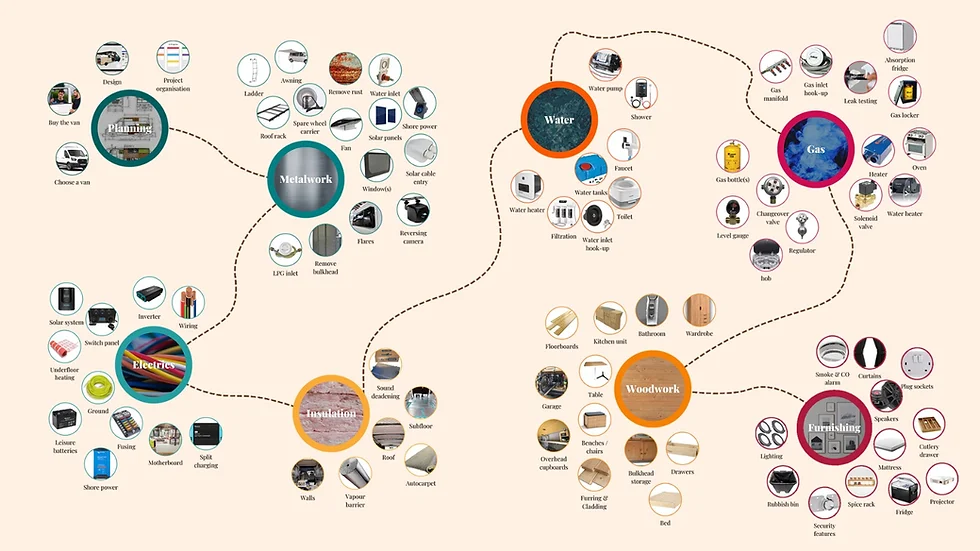
26. In a 2018 survey by Outbound Living, 725 van lifers were asked about their lifestyle. About half, 51%, said they lived in their vans all the time.
27. The other half, 49%, were more like weekend warriors. They lived in vans sometimes but also had other places to stay.
28. The same research shows that camping helps people connect with nature. In a study by Outbound Living, they asked people where they sleep. Five out of 10 said they usually sleep in public lands like forests or green lands. Imagine how lovely and peaceful sleeping with your partner outside, looking at the stars.
29. Van lifers do all sorts of work, like working online, starting their businesses, doing seasonal jobs, or taking on odd tasks.
30. Some van lifers are retired (about 4%), while others are unemployed (around 9%).
31. In 2019, the typical single-family house was about 2,301 square feet, according to the US Census. On the other hand, a medium-sized camper van, like a Ford Transit or Mercedes-Benz Sprinter, usually has around 60 square feet of space inside.
32. By mid-2022, it was estimated that over three million people lived Van in the United States. This shows that the nomadic lifestyle is trendy among Americans.
How Old is VanLife?
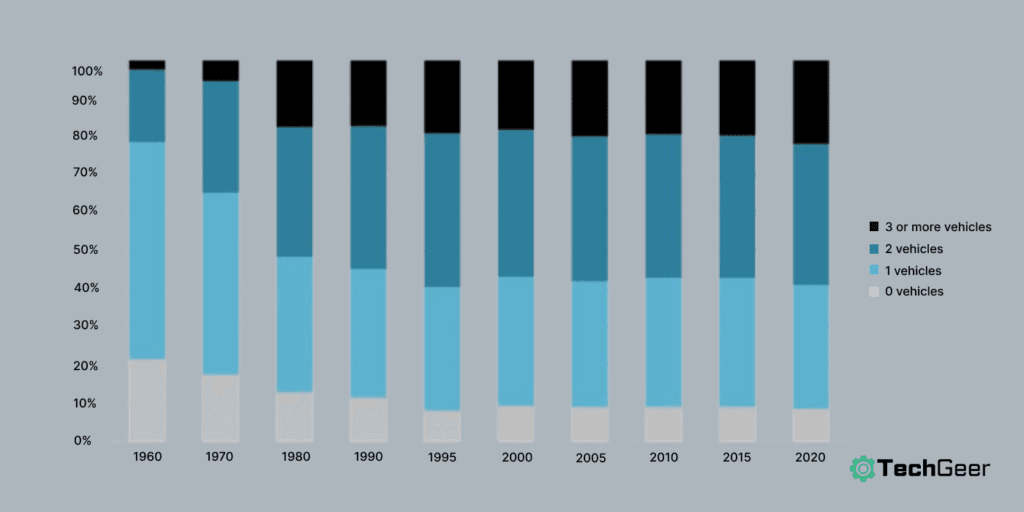
33. Living on the road isn’t new. In 1880, an Englishman named William Gordon Stables made the first luxury “land yacht.” This allowed him to travel comfortably, even though it was prolonged.
34. Vanlife keeps getting popular. In the late 1960s, Volkswagen “hippie” vans became popular among van lifers. Many people liked them because they symbolized living with less stuff, and this idea still attracts people today.
35. However, in 2001, the Sprinter van became the top choice for van lifers because it was non-commercially available in the United States.
Conclusion
Vanlife represents a unique path. It provides freedom on the open road and comforts at home. Each day brings new adventures and beautiful views. But statistics show vanlife requires planning, considering costs like gas, repairs, and camping fees. Reviewing the latest trends in van model builds and demographics will help you see which states allow the most vanlife freedom and understand how pets and jobs factor in, too.
These vanlife stats give vital insights, but nothing replaces first-hand experience. Talk to experienced van lifers for real-world tips. Then, customize the lifestyle to your dreams. In the end, embrace van life for the journey, not just the destination. Let it transport you down less-traveled roads.
Frequently Asked Questions
Converting a van into a home depends on several factors. These include the number of people who will live there, where they want to go, and how fancy they want it to be. Converting these vans usually costs between under $1,000 and over $40,000. But that doesn’t mean you can’t do it yourself. Many van owners convert vans themselves to save money rather than pay professionals. DIY conversions can take anywhere from a few months to over a year. Time and budget vary based on needs. Simple conversions are cheaper and faster.
In 2019, around 140,000 people enjoyed living the van life. They resided in vans or other vehicles full-time. However, since COVID-19 hit, the van life population has likely increased dramatically. The pandemic accelerated interest in the lifestyle. Many realized they could work from anywhere, with remote work becoming widespread during COVID lockdowns. Their homes no longer had to be in one place. This new flexibility enabled more people to hit the open road and live mobile lives, no longer running to the office daily.
No, most van lifers do not live solo. Around 36% travel alone in their van. However, the majority, 64%, share their van with at least one person: some vans house couples, friends, or families together on the road. Splitting costs and enjoying companionship makes van life more affordable and fun for many. Converting a van for yourself allows for a more straightforward build. However, traveling solo also means handling all driving and other tasks alone.
